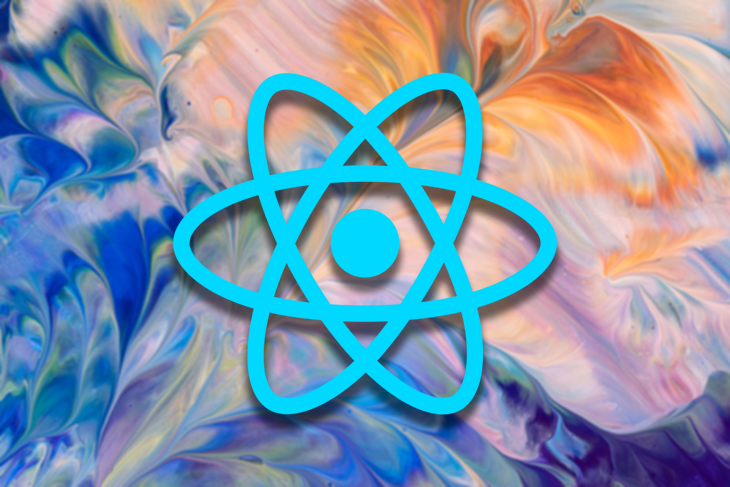Introduction
Machine learning has transformed the field of data analysis and predictive modeling. By utilizing machine learning libraries, developers and data scientists can easily implement complex algorithms and models without having to write extensive code from scratch. In this article, we will delve into the top 7 libraries for machine learning, exploring their features, use cases, advantages, and disadvantages. Whether you are a novice or an experienced professional, these libraries will undoubtedly enhance your machine learning capabilities.
What is Machine Learning?
Machine learning is a subset of artificial intelligence that focuses on creating algorithms and models that empower computers to learn from data and make predictions or decisions without explicit programming. It involves utilizing statistical techniques and algorithms to analyze and interpret patterns in data, enabling machines to enhance their performance over time.
Importance of Libraries in Machine Learning
Machine learning libraries play a vital role in simplifying the implementation of intricate algorithms and models. They offer pre-built functions and classes that can be effortlessly integrated into your code, saving time and effort. These libraries also provide various tools and utilities for data preprocessing, feature selection, model evaluation, and visualization. By leveraging these libraries, developers can concentrate more on the core logic of their machine learning projects rather than getting bogged down in the details.
Factors to Consider When Choosing a Machine Learning Library
When selecting a machine learning library, there are several factors to consider:
- Ease of use: The library should have a user-friendly interface and clear documentation for easy adoption.
- Performance: The library should be efficient and capable of handling large datasets and complex computations.
- Flexibility: The library should support various algorithms and models for different use cases.
- Community support: The library should have an active community of developers who can provide assistance and contribute to its development.
- Integration: The library should seamlessly integrate with other popular libraries and frameworks in the machine learning ecosystem.
7 Best Libraries for Machine Learning
Library 1: NumPy
Overview and Features: NumPy is a fundamental library for scientific computing in Python, supporting large, multidimensional arrays and matrices. It includes a collection of mathematical functions for efficient array operations and numerical computations.
Use Cases and Applications: NumPy is extensively used in machine learning for data manipulation, numerical operations, and linear algebra computations.
Pros and Cons:
- Pros:
- Efficient array operations and mathematical functions
- Integration with other libraries like Pandas and Matplotlib
- Extensive community support and active development
- Cons:
- Steep learning curve for beginners
- Limited support for high-level data structures
Getting Started Guide: To begin with NumPy, you can install it using the command pip install numpy. Here’s an example code snippet showcasing the creation of a NumPy array and performing basic operations.
Library 2: Pandas
Overview and Features: Pandas is a powerful library for data manipulation and analysis, offering data structures like DataFrames and Series for structured data handling.
Use Cases and Applications: Pandas is extensively used in data preprocessing, feature engineering, and exploratory data analysis.
Pros and Cons:
- Pros:
- Efficient data manipulation and analysis capabilities
- Integration with other libraries for seamless workflow
- Rich set of functions for data preprocessing and exploration
- Cons:
- Memory-intensive for large datasets
Getting Started Guide: To start using Pandas, you can install it with the command pip install pandas. Here’s an example code snippet demonstrating the creation of a DataFrame and performing basic operations.
Library 3: Matplotlib
Overview and Features: Matplotlib is a widely-used library for data visualization in Python, offering functions and classes for creating various types of plots.
Use Cases and Applications: Matplotlib is extensively used in machine learning for visualizing data distributions, model performance, and feature importance.
Pros and Cons:
- Pros:
- Wide range of plot types and customization options
- Integration with other libraries for seamless data visualization
- Active community and extensive documentation
- Cons:
- Limited interactivity in plots
Getting Started Guide: To get started with Matplotlib, you can install it using the command pip install matplotlib. Here’s an example code snippet showing the creation of a line plot using Matplotlib.
Library 4: Scikit-learn
Overview and Features: Scikit-learn is a comprehensive machine learning library that provides various algorithms and tools for classification, regression, clustering, and dimensionality reduction tasks.
Use Cases and Applications: Scikit-learn is extensively used in machine learning projects for classification, regression, and model evaluation tasks.
Pros and Cons:
- Pros:
- Wide range of machine learning algorithms and tools
- Consistent API and integration with other libraries
- Extensive documentation and community support
- Cons:
- Limited support for deep learning algorithms
Getting Started Guide: To begin using Scikit-learn, you can install it with the command pip install scikit-learn. Here’s an example code snippet demonstrating the training of a classification model using Scikit-learn.
Library 5: SciPy
Overview and Features: SciPy is a library for scientific computing in Python, providing functions and algorithms for numerical integration, optimization, signal processing, and linear algebra.
Use Cases and Applications: SciPy is extensively used in machine learning for optimization, signal processing, and statistical analysis tasks.
Pros and Cons:
- Pros:
- Wide range of scientific computing functions and algorithms
- Integration with other libraries like NumPy and Matplotlib
- Active development and community support
- Cons:
- Limited support for deep learning tasks
Getting Started Guide: To start using SciPy, you can install it with the command pip install....





















